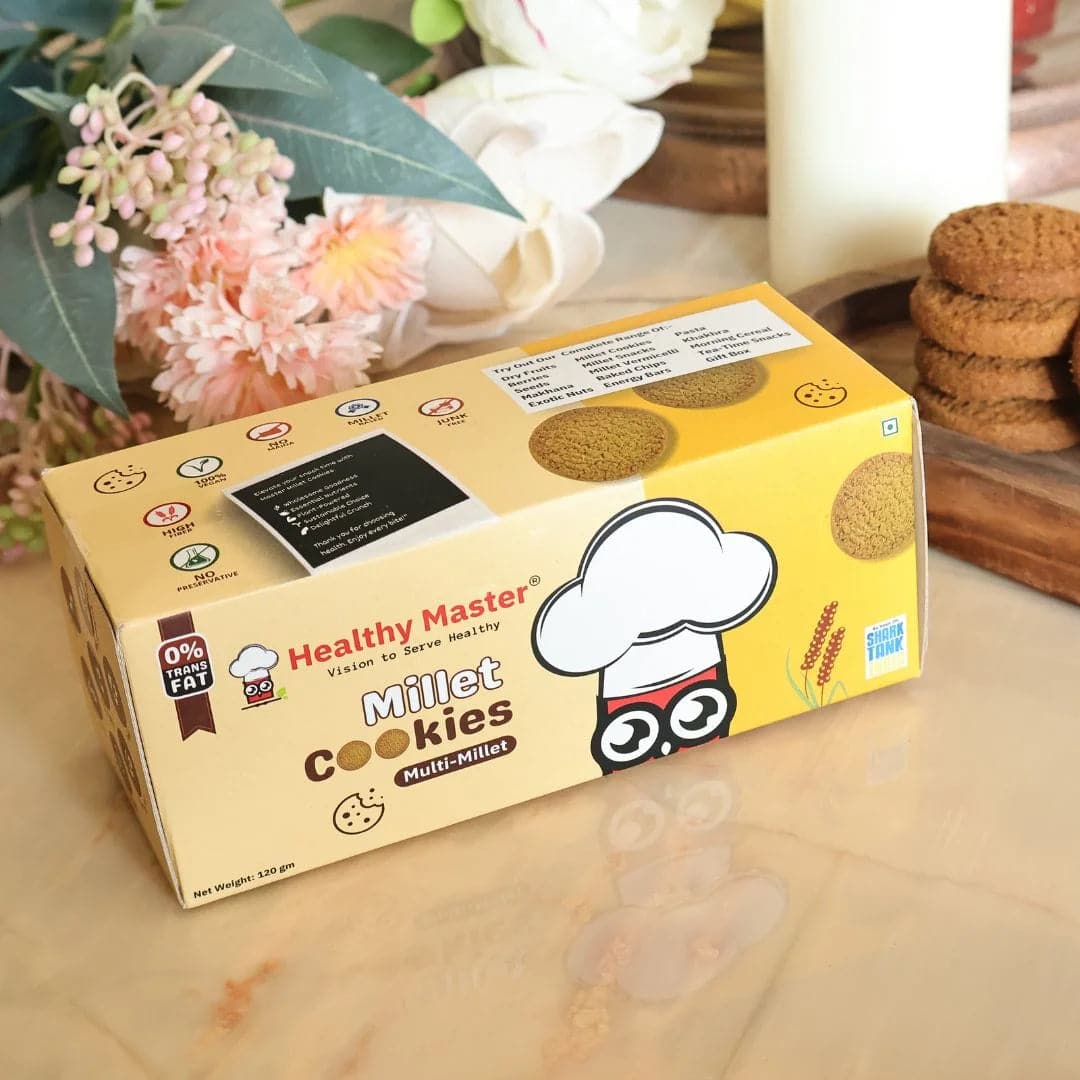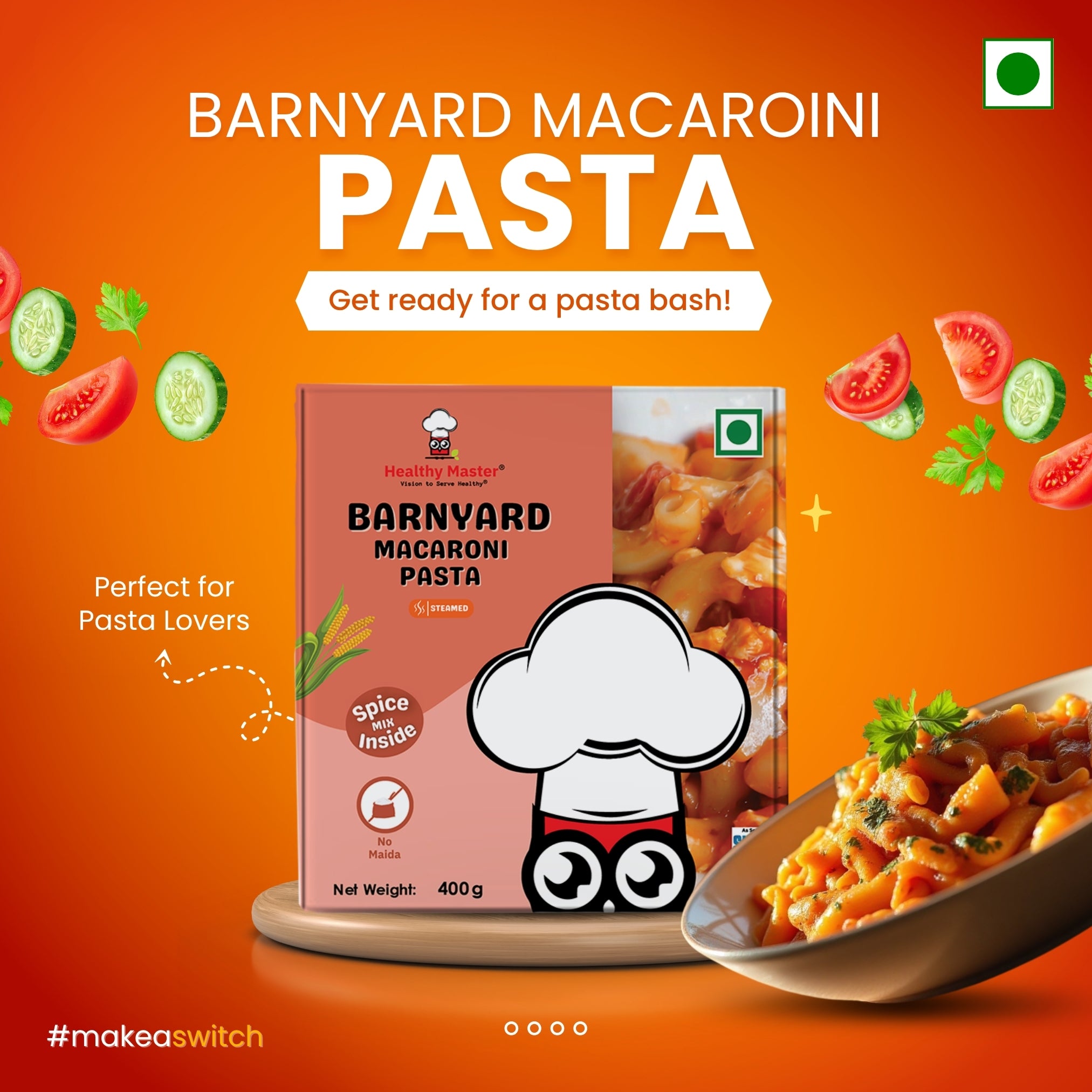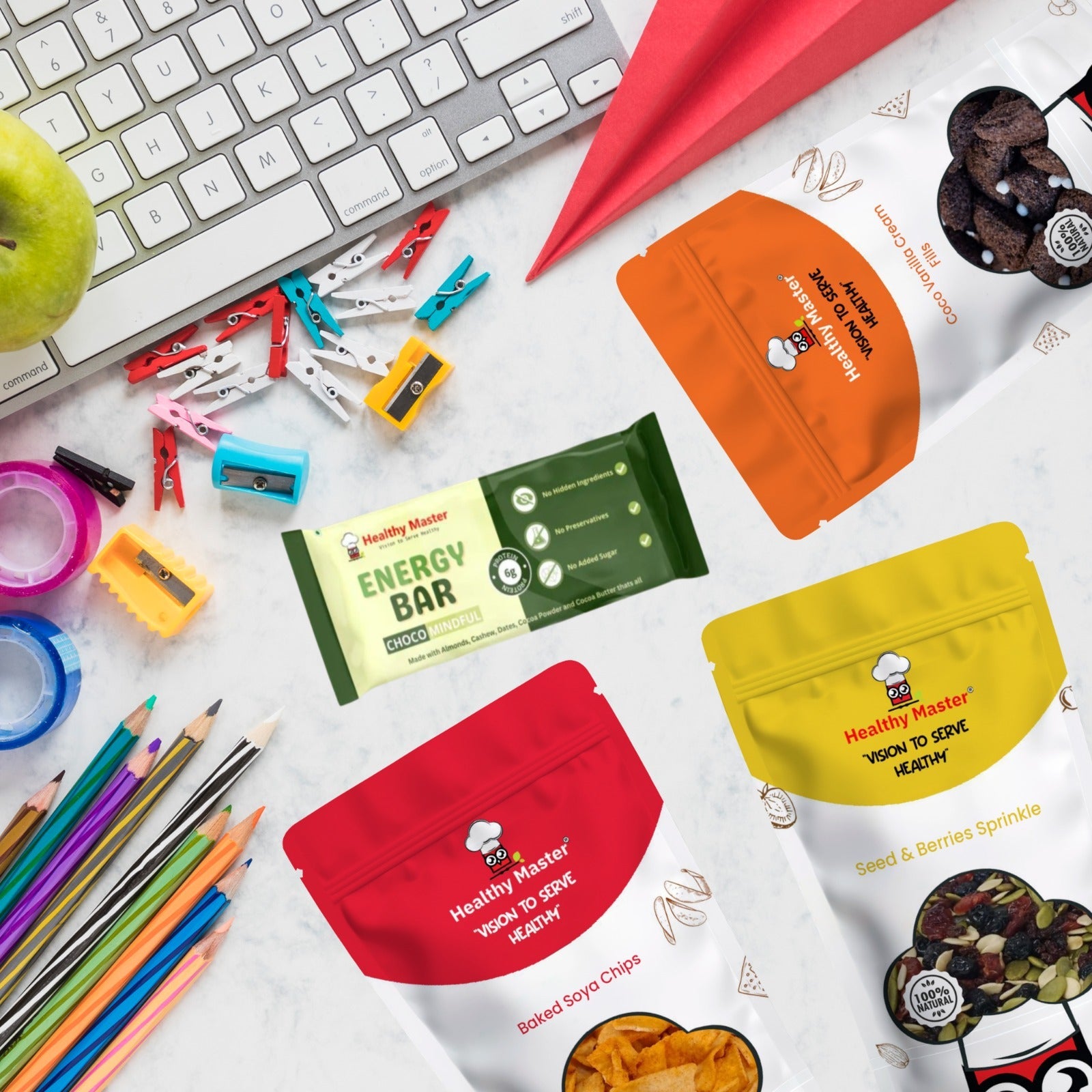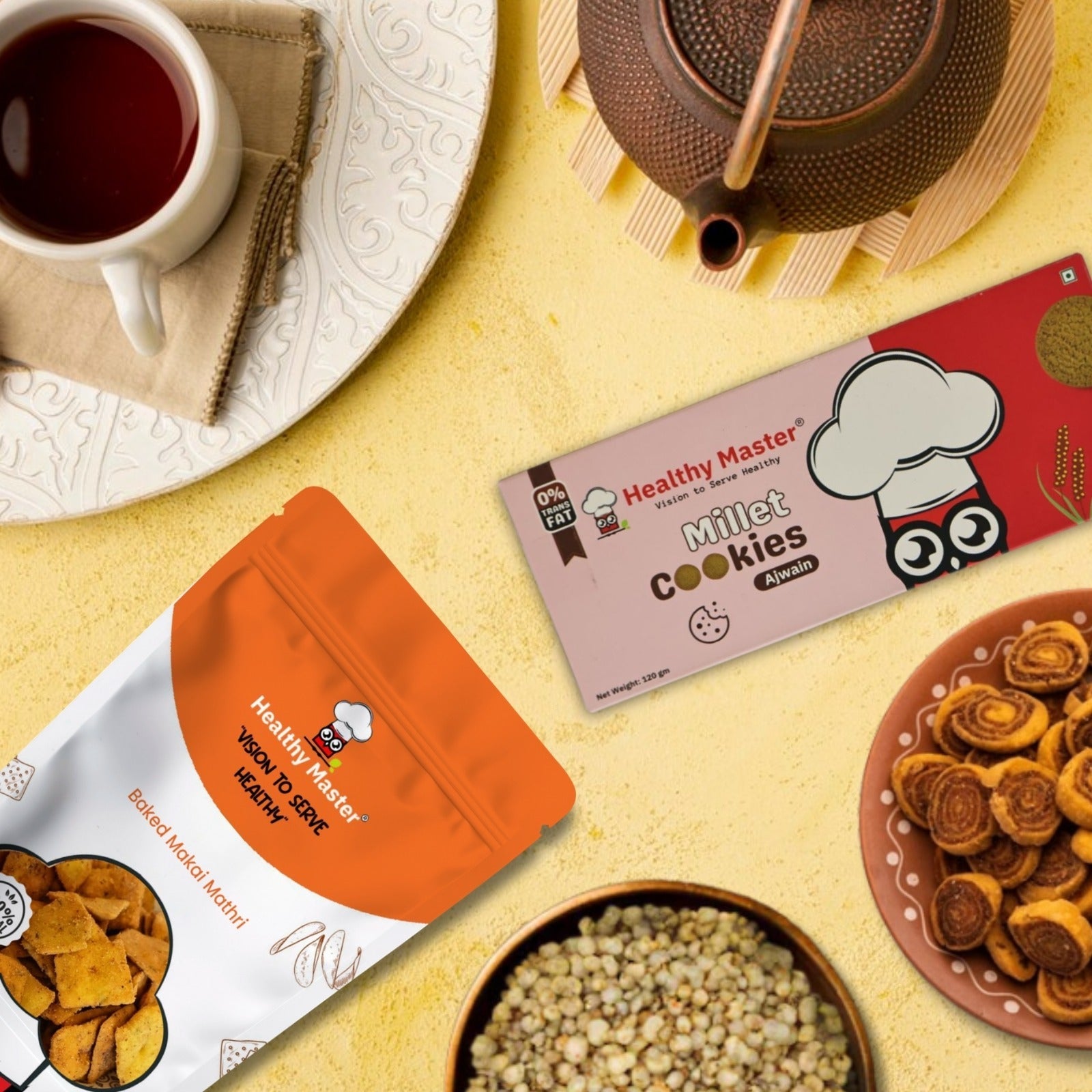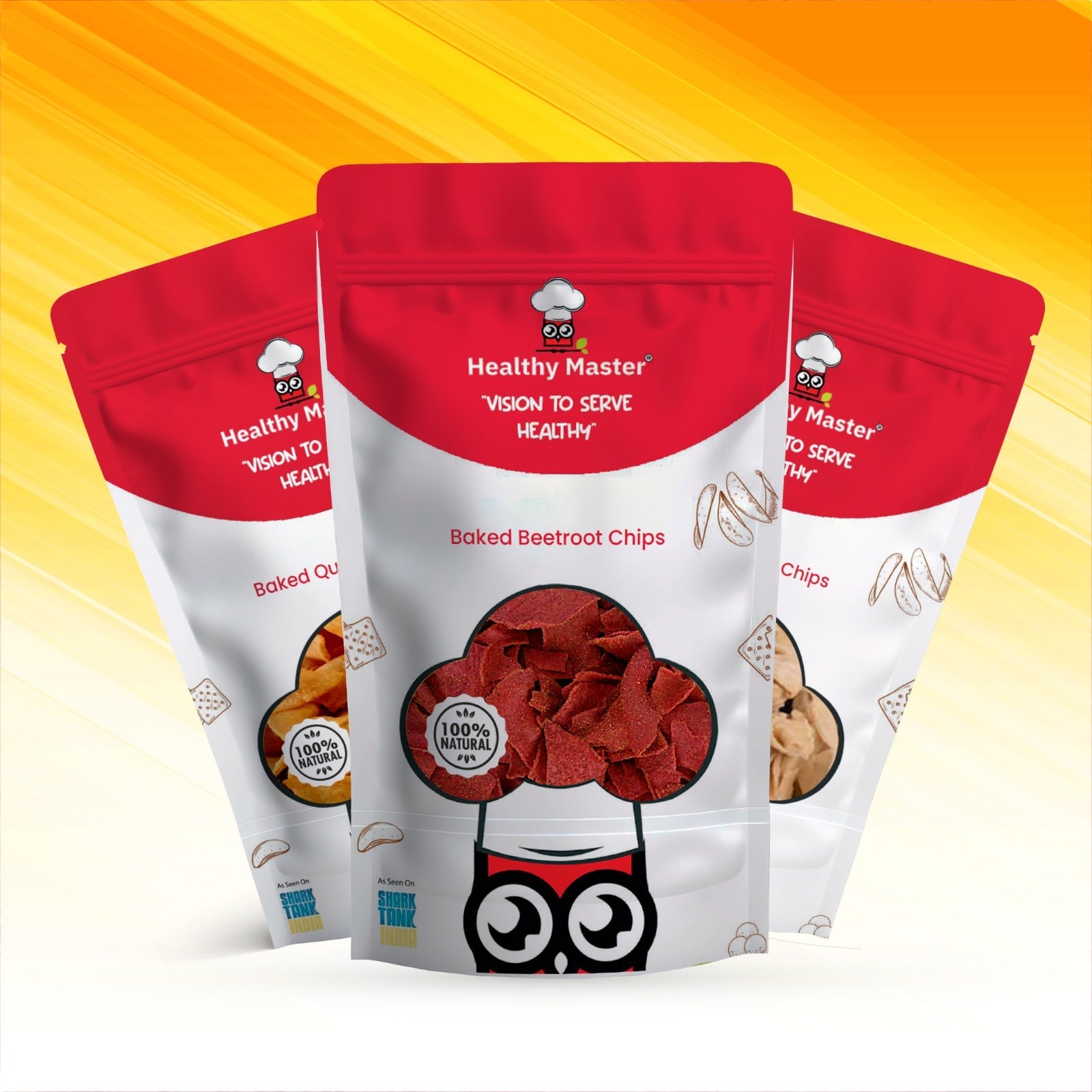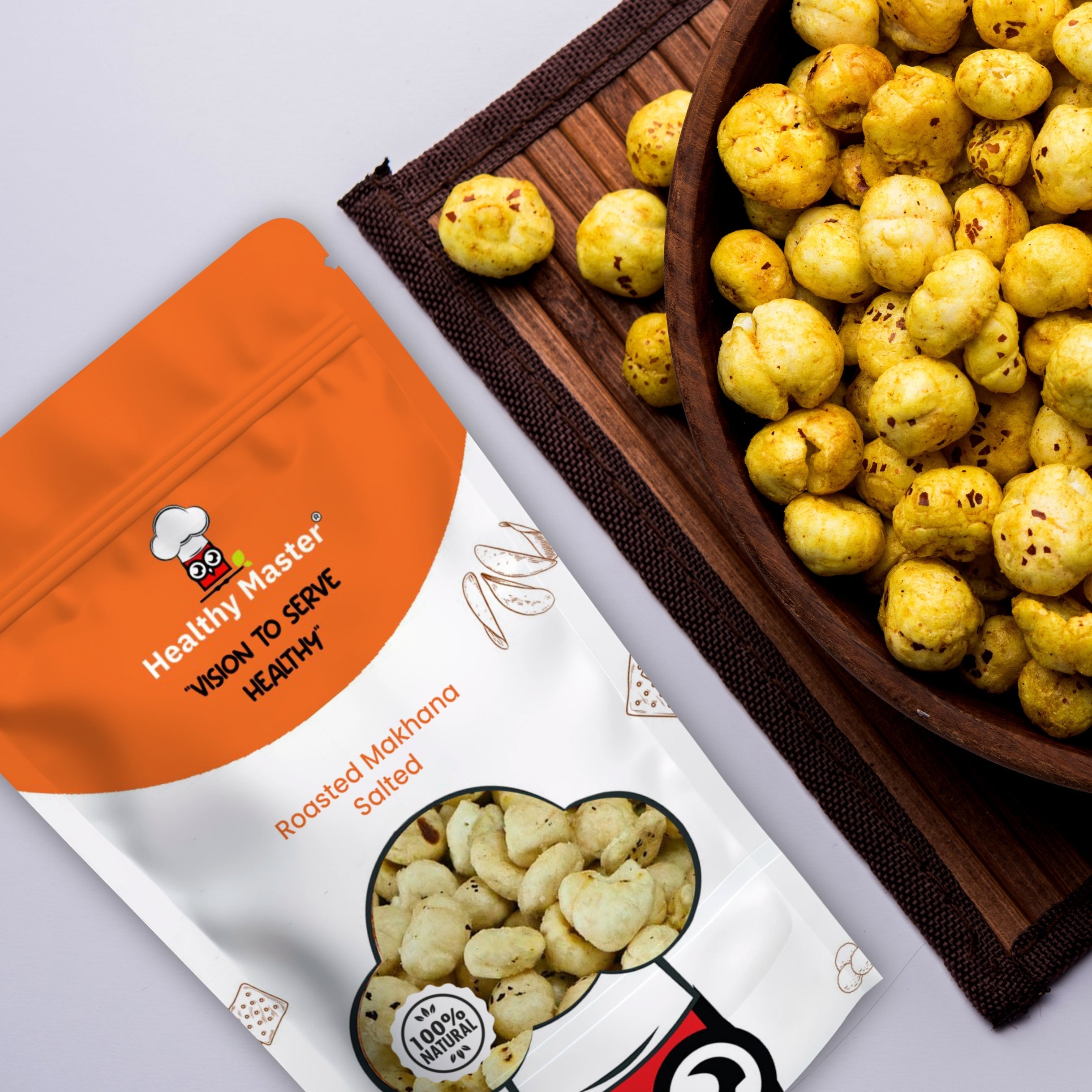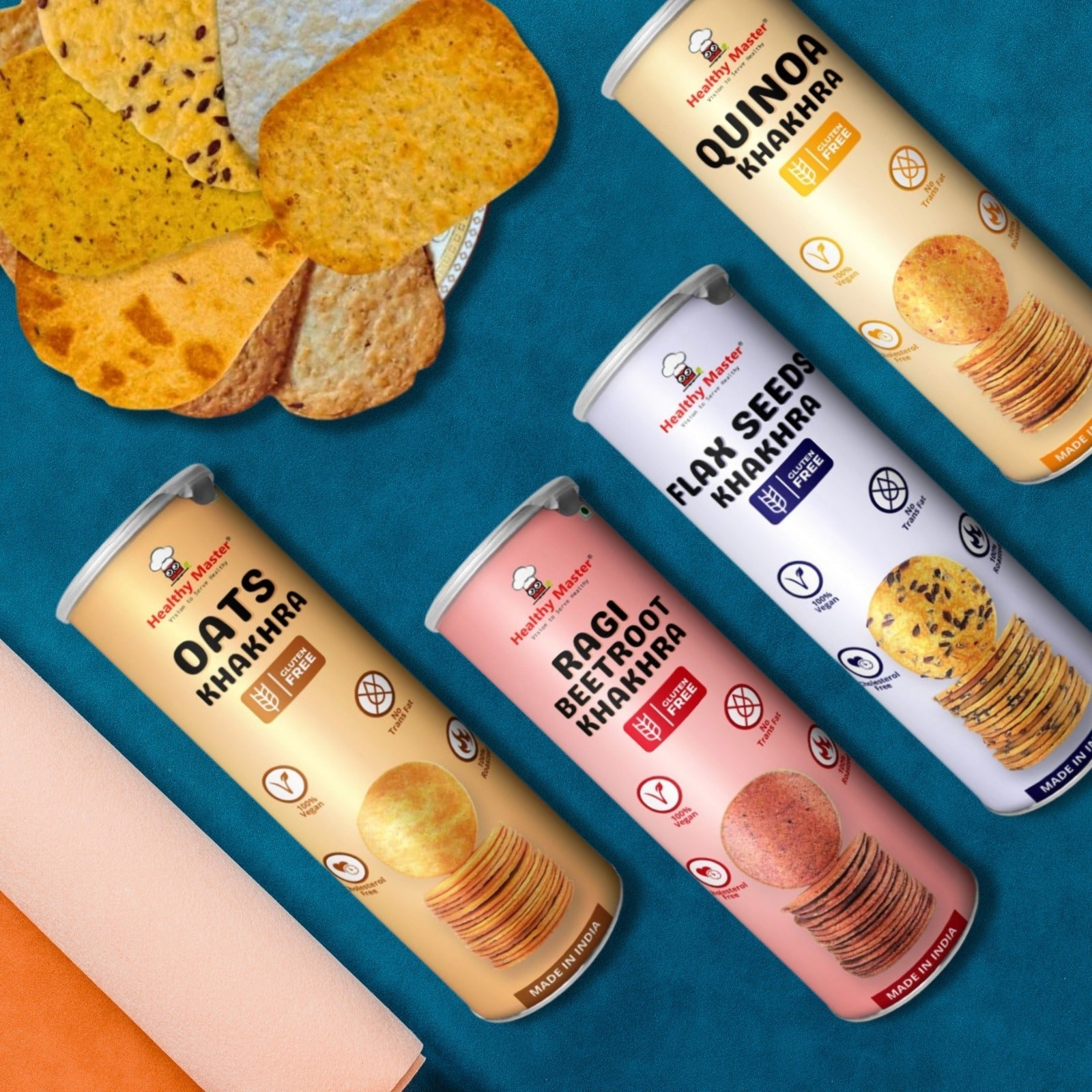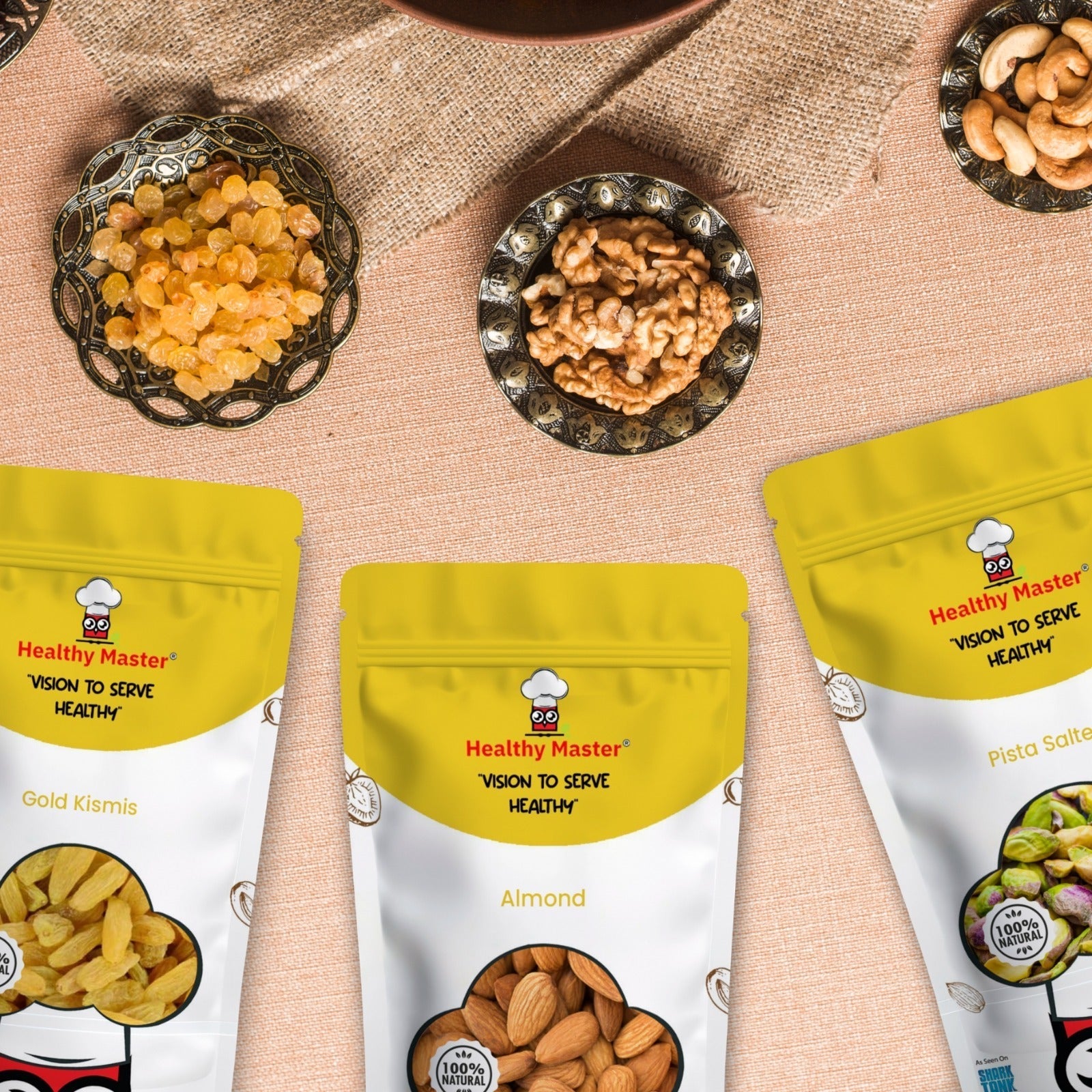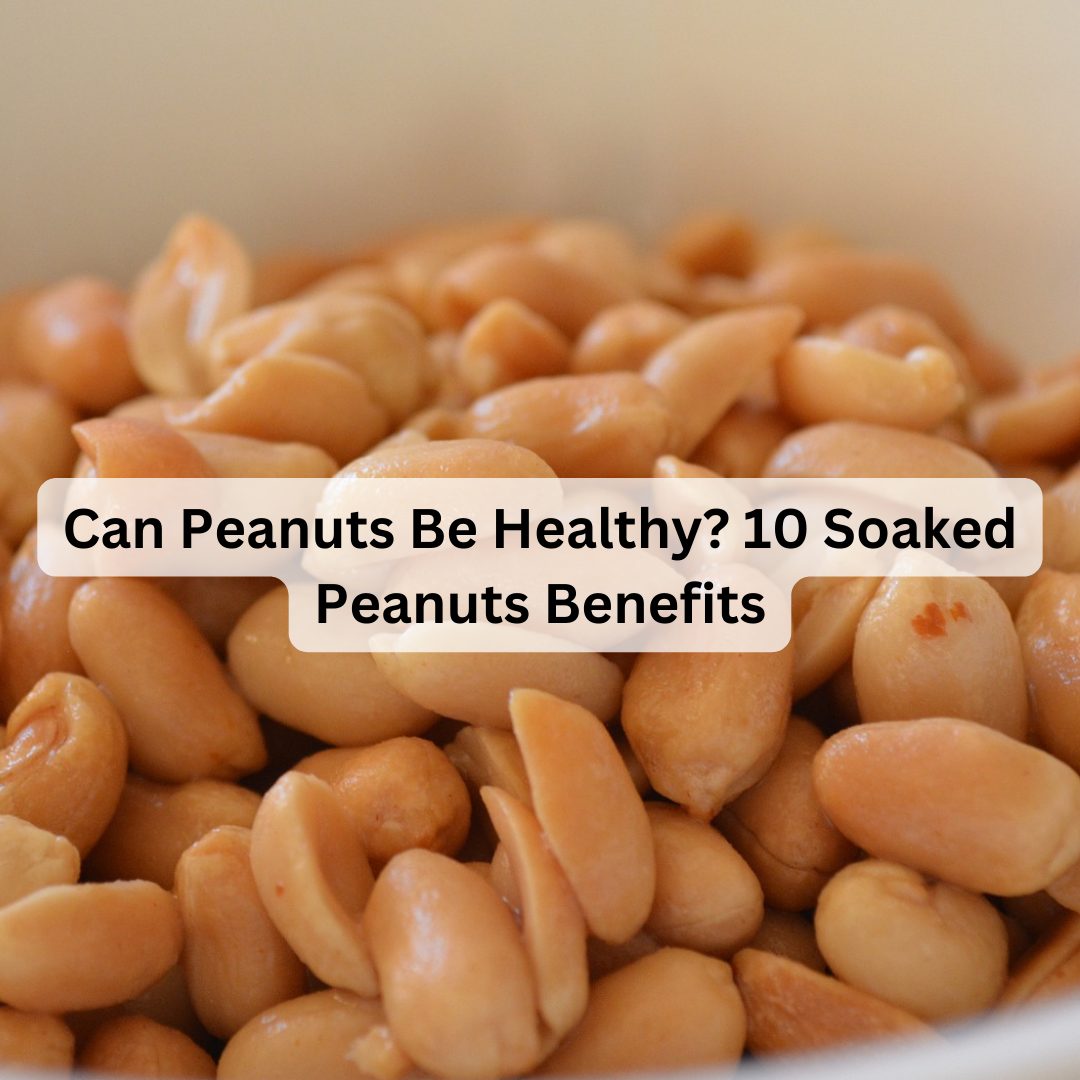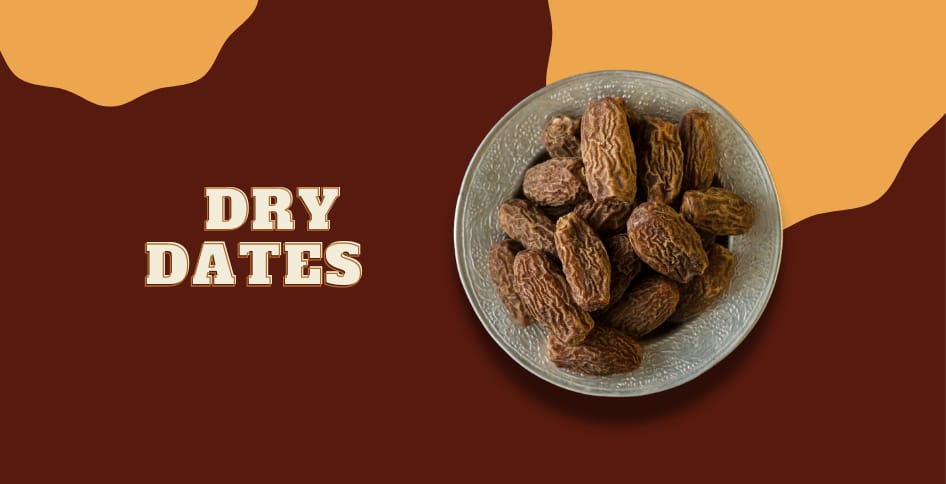Millet snacks have revolutionized the way we approach healthy eating in our family, and quite frankly, we wish we'd stumbled upon them years ago! As a business that's been working in the health foods sector for decades, we've seen hundreds of families make the transition from processed snacks to these historic grain giants, and the difference is telling.
But the thing is – when we initially began discussing what is millet to our clients, we received a lot of confused looks. "Mill-what?" was the prevalent reaction. Flash forward a few years, and now we can't keep up with the requests for our millet products. It is surprising how a grain that has sustained civilizations for millennia suddenly became the "new" superfood everyone was discussing.
What Is Millet? Understanding These Ancient Grains
So what are millets anyway? Consider them nature's little nutritional dynamos – tiny, spherical grains that deliver more oomph per mouthful than most of us ever would have imagined. Millets are, in fact, a collection of small-seeded grasses that have been under cultivation as a food source for more than 4,000 years. And while rice and wheat hog the limelight, these unassuming grains have been merrily nourishing people all over Africa, Asia, and much of Europe for thousands of years.
The charm of knowing what is millet is that it is so diversely wonderful. We're not referring to a single grain here – it comes in a few different varieties, each with its own taste and nutrition profile:
-
Pearl Millet (Bajra) - The most widely available type, a little nutty in taste
-
Finger Millet (Ragi) - Excellent for growing youngsters and high in calcium
-
Foxtail Millet - Airy, light texture that is a delight in sweet or savory preparations
-
Proso Millet - Rapid-cooking type that comes in handy on weeknights when time is short
-
Barnyard Millet - Low-carb content makes it a good choice for dieting
When people ask us to describe the taste of millet, we typically tell them it's quinoa's grittier, cheaper cousin. They have this amazing quality of soaking up flavors without losing their own delicate, nutty flavor.
Millet Nutrition: Why These Grains Belong in Your Pantry
Let's discuss millet nutrition, the figures will shock you. We've been viewing nutritional profiles for decades, and millets always leave us amazed with their total nutrient content.
Here's what sets millet nutrition apart:
-
Protein Power: All millets have between 7-12% protein, far greater than rice or corn. For a plant-based grain, that's stunning.
-
Fiber Champion: With 8-10 grams of fiber in every cup, millets make you feel full longer and aid digestion in ways that refined grains just can't compete with.
-
Mineral Rich: Millet nutrition profile contains impressive levels of magnesium, phosphorus, manganese, and zinc minerals that many folks are deficient in without even realizing it.
-
Vitamin B Boost: These grains are rich in B vitamins, specifically niacin and B6, which play a fundamental role in energy metabolism.
One of the greatest aspects of millet nutrition that really gets us going is the iron content. Several of our customers, particularly mothers, have issues with iron deficiency, and including millets in their diets has created a tangible difference in their energy levels.
The millet nutrition facts are even more remarkable when you realize that millet grains are gluten-free by nature, and therefore safe to consume for individuals with celiac disease or gluten intolerance. We've had clients share with us that learning about millet nutrition literally transformed the way they relate to food after decades of steering clear of grains altogether.
Millets Benefits: So Much More Than Just Another Nutritious Grain
The millets benefits go so much further than just good nutrition, they're having a personalized health coach in grain form. Having worked with thousands of families over the years, we've seen the difference that adding these grains can make to people's health.
-
Blood Sugar Control
One of the greatest millets benefits is that they contain a low glycemic index. Unlike refined grains that lead to blood sugar spikes, millets produce constant, consistent energy. We've had diabetic clients report improved glucose control after they made the change to eating millet-based foods.
-
Support for Heart Health:
Millets include both fiber and magnesium, which work together to support cardiovascular health. The heart health benefits of millets are substantiated by studies that reveal they can lower cholesterol levels and blood pressure.
-
Weight Management:
This is where the benefits of millets really come into their own for busy moms. The protein and high fiber content ensure you stay full longer, eliminating those inevitable mid-afternoon munchies that sabotage healthy meals.
-
Digestive Wellness:
Millets include prebiotic fiber, which supports intestinal health by feeding beneficial microorganisms. This is one of those benefits of millet that individuals observe within weeks of switching over.
-
Bone Health:
Especially with types like finger millet, the calcium levels are similar to dairy products. This makes millets benefits particularly important for children and women who worry about bone density.
Our favorite thing about millets is how versatile they are. You're not limited to cooking them a single way – they will fit into whatever food or cooking method your family enjoys.
Millet Facts: Cutting Through the Hype
Now, let's discuss millet facts – the actual ones, not the hype you may get to hear on social media. Being a business that has established itself on authenticity, we think that you should know the facts that enable you to make the right choice.
-
Millet Facts Regarding Sustainability
These grains are extremely drought-tolerant and use very little water in comparison to rice or wheat. Not only is this healthy for the planet, but it's also healthy for food security. These facts make them a highly ethical choice for green families.
-
Millet Facts About Storage:
While some health foods spoil easily, stored millets can remain good for 6-12 months without a loss of nutrients. For busy families, this makes it convenient.
-
Millet Facts About Cooking:
Contrary to what many people think, millets need no special cooking methods. They're simpler to cook than many people believe – similar to cooking rice, only often quicker.
-
Millet Facts About Cost:
Read on to learn a millet fact that amazes many people, they're generally cheaper than fashionable superfoods like quinoa, but with similar or better nutrition.
One of the key millet facts we inform customers of is related to preparation. Pre-soaking millets for several hours before consumption enhances the digestibility and absorption of nutrients. This minor trick makes all the difference in the way your body digests these grains.
Millet Facts Nutrition: The Science Behind the Benefits
The millet facts nutrition tells us why these ancient grains are so in vogue today in modern nutrition. When we unpick millet nutrition facts, it becomes clear – they're not just hip health foods, they're nutritional superstars with science on their side to support the hype.
-
Antioxidant Content:
The latest millet facts nutritional studies indicate that it contains phenolic compounds with antioxidant activity. Such compounds protect cells against oxidative stress, which has been linked to age and chronic diseases.
-
Amino Acid Profile:
The millet facts nutrition facts indicate a balanced amino acid profile, which is an impressive protein source for vegetarians and vegans.
-
Micronutrient Density:
When we look at millet nutrition in detail, the micronutrient density is impressive. They're especially high in copper, manganese, and phosphorus – minerals that are involved in enzyme activity and bone health.
-
Anti-inflammatory Properties:
Certain millet nutrition research indicates these grains possess anti-inflammatory properties, which may be helpful for individuals who suffer from chronic inflammatory diseases.
The nutrition research on millet continues to advance, but it always comes down to this: these grains provide total nutrition in a plain, natural package.
Millet Snacks: Making Healthy Eating Convenient
This is where things get exciting for busy families, millet snacks represent the perfect intersection of nutrition and convenience. We've spent a lot of time perfecting our millet snacks because we understand that healthy eating shouldn't require hours in the kitchen.
Our millet snacks range includes:
Millet Mix: Perfect for office snacking or kids' lunchboxes
Millet Crackers: Crispy, satisfying alternatives to processed crackers
Choco Millet Balls: Sweet treats for morning cereal that kids request
Millet Cookies: Protein-packed options for afternoon energy dips
Millet Pasta: Delightful and wholesome choice for health-conscious pasta lovers.
Millet Noodles: Vitamin-rich noodles with no preservatives, additives, or colourings.
What sets our millet snacks apart isn't necessarily the nutrition – it's the flavor. We've put a lot of effort into producing these healthy snacks that people actually enjoy consuming, not merely endure for their health benefits.
The ease of millet snacks cannot be overemphasized. When you're in a hurry to get from school pickup to soccer practice, having healthy snacks within reach means you're not settling on processed foods or forgoing meals.
Ways to Add Millets to Your Family's Diet
Aside from our prepared millet snacks, there are so many other ways you can add millets into your life. We love brainstorming because creativity makes healthy eating a fun adventure rather than just a chore.
Breakfast Ideas
-
Millet porridge with fresh fruits and nuts
-
Millet pancakes (so fluffly!)
-
Overnight millet pudding for those mornings on the fly
Lunch and Dinner Ideas
-
Millet pilaf instead of rice
-
Stuffed vegetables with sautéed millets
-
Millet salads with seasonal vegetables
-
Millet-based soups for comfort food with benefits
Snack Time Solutions:
-
Millet energy bars
-
Puffed millet mixed with yogurt
-
Millet-based smoothie bowls
The key is to start small. We always advise customers to begin with one millet-based meal or snack per week and then step up as your family gets used to these nutritious grains.
Why Healthy Master for Your Millet Journey
What we're providing at Healthy Master is, quite simply, years of passion over and above the selling of products and commitment to quality; therefore, every millet snack and grain we offer is cared for in the selection and processing to retain the maximum nutritional value.
We understand that transitioning to healthier eating can feel overwhelming, especially for busy mothers juggling multiple responsibilities. That's why we've made it our mission to create products that make healthy choices easier, not harder.
Our millet snacks are crafted with real families in mind, they need to taste good enough that kids ask for them, be convenient enough for hectic schedules, and be nutritious enough to support your family's health goals.
Making the Switch to a Healthy Lifestyle
No grand changes in going from poor nutrition, but small, sustainable steps. Having millet snacks and whole millets in your family's diet is one of those steps, which ripples into very good change.
From petty details over fussy eating to no time at all, millets offer a practical solution that has been trusted for thousands of years.
Ready to discover what millet snacks can do for your family's health and happiness? Browse our collection at Healthy Master and take the first step toward more nutritious, delicious snacking. Making this simple but powerful change will lead you to a healthy and happy lifestyle.
Because when it comes to nutrition, sometimes the best solutions are the ones that have been hiding in plain sight all along. And with millet snacks, that solution is just a click away.
Frequently Asked Questions
-
What is millet called in India?
Millets have various regional names in India: Bajra (Pearl millet), Ragi (Finger millet), Jowar (Sorghum), Kangni (Foxtail millet), and Sama (Barnyard millet). Each region has its traditional names and preferred varieties.
-
What are 5 examples of millet?
The five main types are: Pearl millet (Bajra), Finger millet (Ragi), Foxtail millet, Proso millet, and Barnyard millet. Each offers unique nutritional benefits and cooking properties.
-
Who should not eat millet?
People with thyroid disorders should consult their doctor before consuming large amounts of millets, as some varieties contain goitrogens. Those with specific grain allergies should also exercise caution and seek medical advice.
-
What type of food is millet?
Millet is a whole grain cereal that belongs to the grass family. It's naturally gluten-free, high in fiber and protein, and serves as a nutritious alternative to rice and wheat.
-
Are millet snacks healthy?
Yes, millet snacks are very healthy when made with quality ingredients. They provide sustained energy, essential nutrients, and fiber while being naturally gluten-free and easy to digest.
-
Can we eat millet daily?
Yes, millets can be eaten daily as part of a balanced diet. They're safe for regular consumption and provide consistent nutrition. Start gradually and increase portions as your body adapts.
-
Is millet better than oats?
Both are nutritious, but millets have advantages: they're gluten-free, have a lower glycemic index, and offer more protein and minerals. Oats are higher in beta-glucan fiber. The choice depends on your specific dietary needs.
 Deal of the week : Trial Snack Box - 18 Wholesome Delights Just at ₹ 899.00
Deal of the week : Trial Snack Box - 18 Wholesome Delights Just at ₹ 899.00



